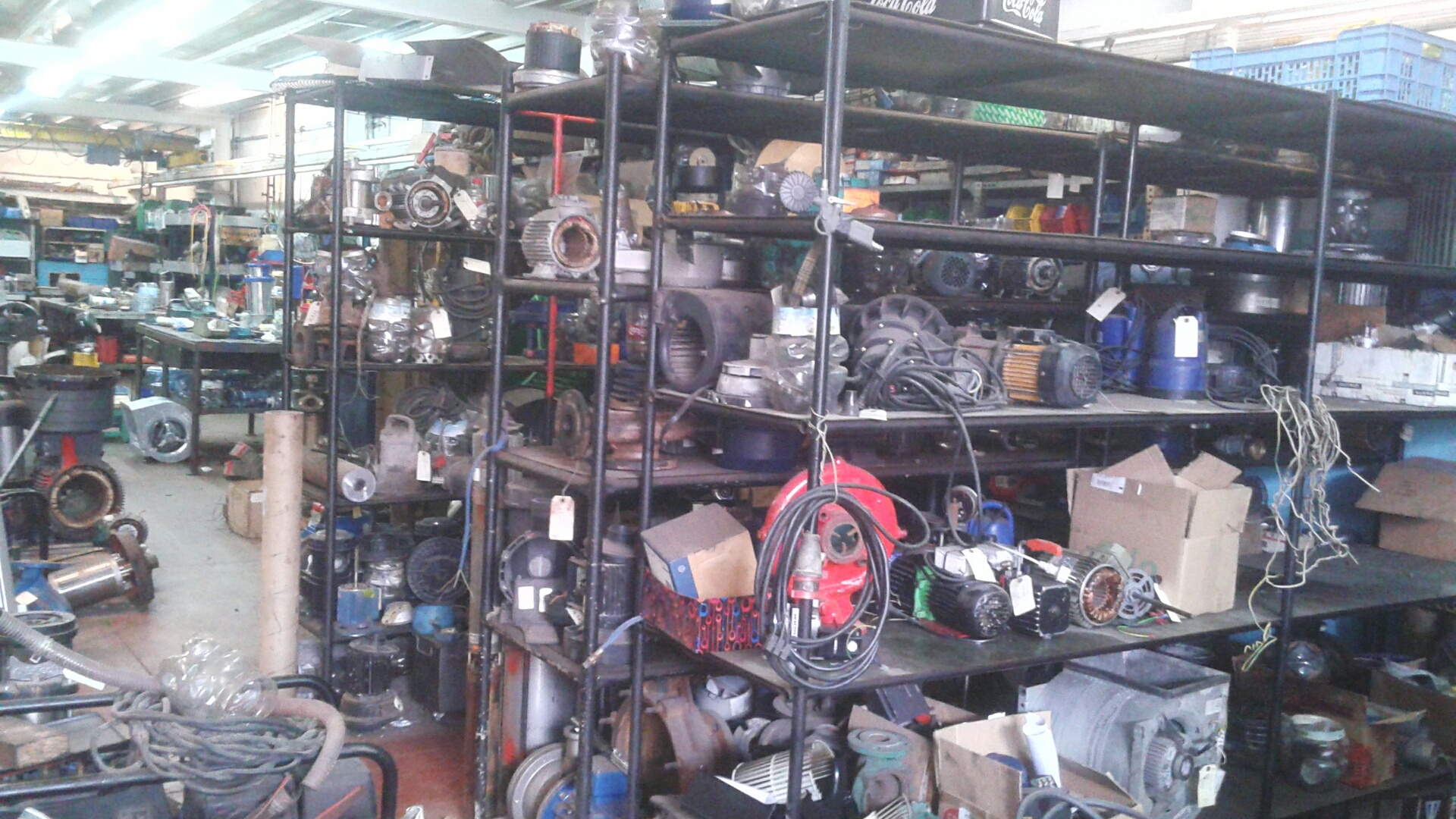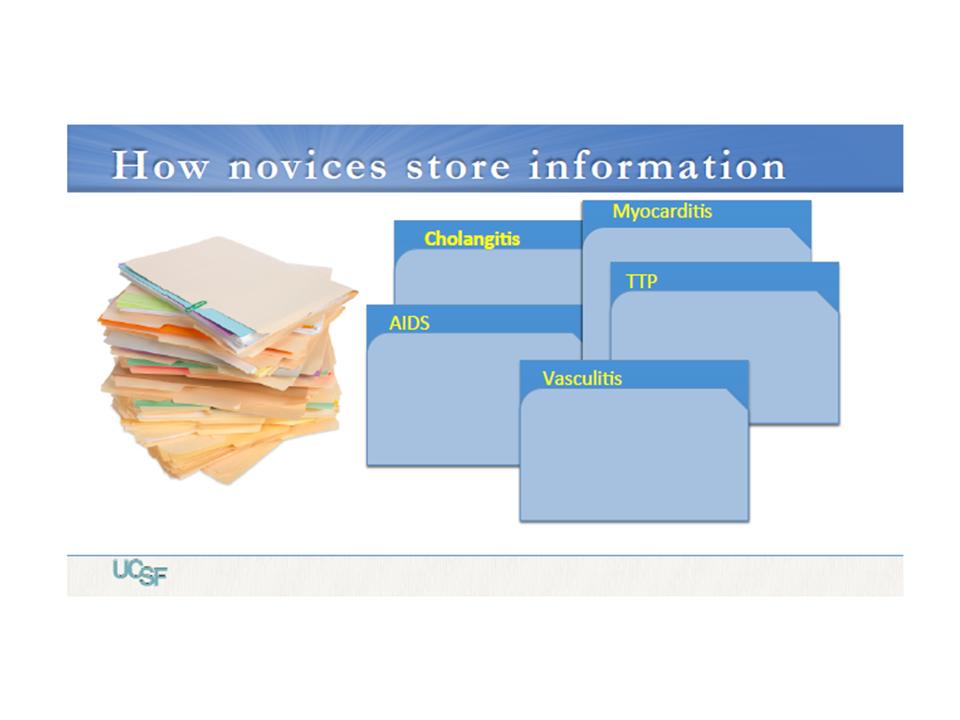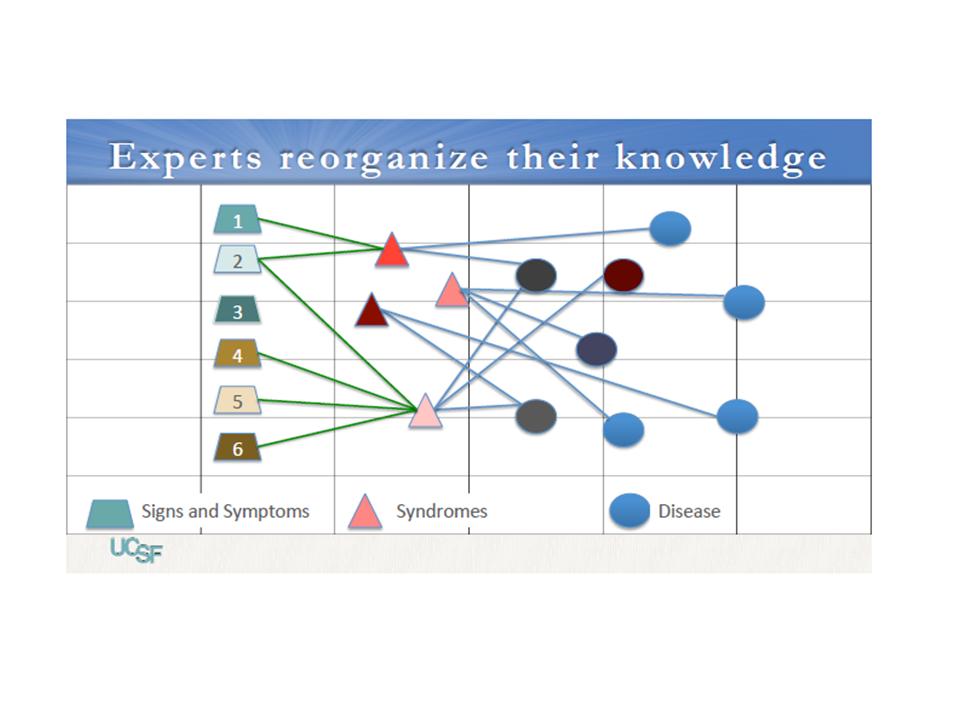Contrast and compare:organize the information in your brain
Contrast and compare: organize the information in your brain

The recognition of clinical patterns is the key action to select a diagnosis when different entities share common signs and symptoms. Although the way in which each physician approaches a clinical problem can be very variable, there is agreement that the
reasoning process will be more effective if the information about diseases is properly stored in the brain, as “packages or pattern” where similarities and differences can be easily recovered at the proper time. These concepts should be taught early during the formative years in the Medical School.
Medical Education still value, quantity of information over “problem-solving” attitudes
Usually, when a disease is explained, there is always a section for “Differential Diagnosis”, but this is more a list of possibilities than a critical comparison between the problems. Later, during the clinical practice, almost intuitively and using the mental adaptive capacity, the doctor manages to establish the groups of processes that can be considered within a differential diagnosis and they are also able to detect the key or differentiating data between them.

The change in the way of teaching should be established early to the students of the first courses of Medicine
There is a controversy about when the techniques of “problem solving” or clinical reasoning strategies, should be implemented, but in our opinion the earlier the better, not only for the individual but also for the institutions.
Students and teachers must be trained in didactics and study techniques in order to integrate information more efficiently
The encounters between a patient and a doctor give rise early to the first diagnostic hypotheses, among which is usually the right one. If at this moment the recovery of the information on the different entities is done in a comparative way, this will facilitate not only a correct differential diagnosis, but also a greater diagnostic precision, with the consequent benefit for all the actors involved in that encounter.

What are the barriers to incorporating these concepts into medical education?
In the first place, changes in Medicine are slow because the consequences of a wrong decision can be serious. In addition, the way of teaching should be restructured, beginning with the reform of contents, teaching from the comparison and from the contrast between related entities. All this must be integrated into a global model of care, with the inclusion of other important concepts such as patient safety knowledge, system training, problem-solving techniques, teamwork and, basically, establishing a “second circuit” of learning from clinical practice. We must incorporate these concepts in a new curriculum for health professions, giving rise to a new professionalism adapted to the new context. This attitude of change and improvement should be part of the training of new doctors, that is, they should have a curiosity that will help them move forward and produce these changes. As Abraham Flexner, the reformer of the teaching of Medicine in the United States, said 100 years ago:
“On the pedagogic side, modern medicine, like all scientific teaching, is characterized by activity. The student no longer merely watches, listens, memorizes: he does. His own activities in the laboratory and in the clinic are the main factors in his instruction and discipline. An education in medicine nowadays involves both learning and learning how; the student can not effectively know, unless he knows how. “(1910)
Practical applications
The concepts of differentiating patterns and the so-called “vertical reading” , have been masterfully exposed in a Course by Catherine Lucey of the University of San Francisco, and most of these concepts can be found on YouTube



